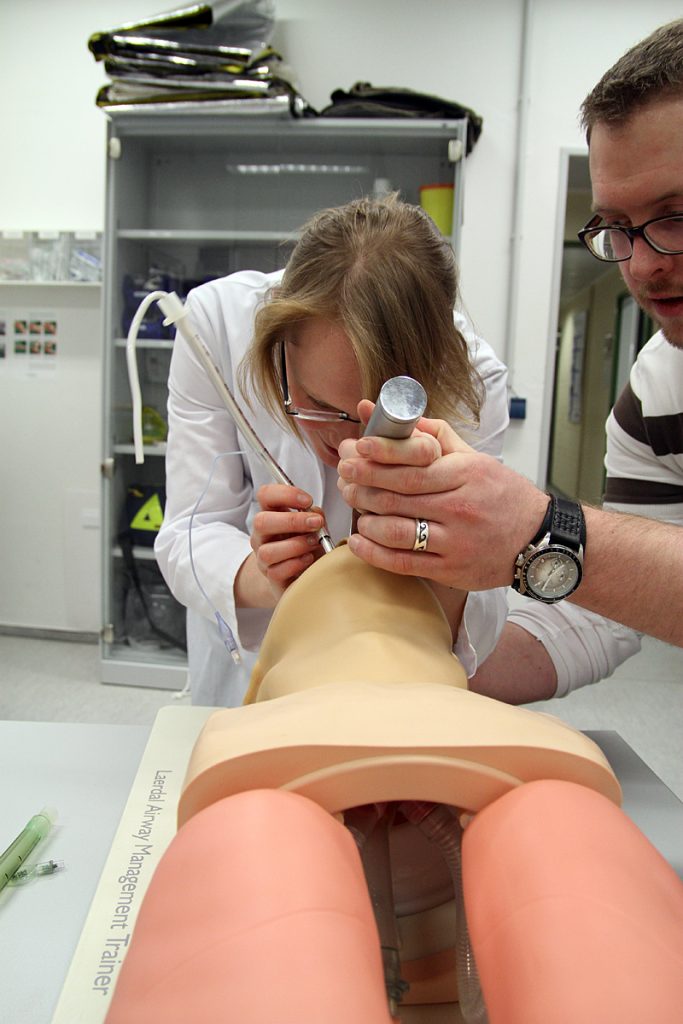2.12 Conclusion
You did it! Reaching the end of Chapter 2, you should now understand the key differences between spontaneous breathing and mechanical ventilation. You also now have a strong foundation in understanding oxygenation and how best to approach hypoxia in a patient. Keep these concepts in mind as we build on them in the next chapters.

Review
Please review the following key points from this chapter:
- Mechanical ventilation is a push of air into the lungs with passive exhalation of the lungs once the breath is done being delivered.
- Oxygen content in the blood is the sum of the amount of oxygen bound to hemoglobin and the amount of dissolved oxygen in the blood. The amount of hemoglobin and percent saturated has a larger affect on oxygenation then the dissolved component.
- SpO2 can be used to approximate the overall oxygen status of your patient
There are two settings that are always set on a ventilator: FiO2 and PEEP. - FiO2 and PEEP both have an impact on oxygenation and can be adjusted to “share the work” of improving oxygenation.
- How a breath is delivered depends on the mode type. There are two main classifications of ventilator modes: control and spontaneous.
- Control modes are completely determined by the clinician on how often and how big a breath the patient gets. Each breath is completely identical.
- Spontaneous modes are decided by the patient, but supported by some degree (decided by the clinician) by the ventilator.
- Certain ventilator settings are associated with the different ventilator modes.
- There are two settings that are always set on a ventilator regardless of mode: FiO2 and PEEP.
Now, you have been introduced to modes of ventilation as well as basic settings. Don’t worry if you are still a little confused by some of these concepts. You’ll get a lot more information in the next few chapters, which will explore each one these settings with a depth of detail.
If you would like to go through some of these concepts again in video format, try watching “Basic Vent Modes MADE EASY – Ventilator Settings Reviewed” by ICU Advantage.
“Chapter 3 Conclusion” from Basic Principles of Mechanical Ventilation by Melody Bishop, © Sault College is licensed under a Creative Commons Attribution-NonCommercial-ShareAlike 4.0 International License, except where otherwise noted.

